
Arg of Karim Khan in Shiraz: Photos, History, Architecture
/
0 Comments
Looking for a place to spend your vacation and relax while enjoying…

Si O Se Pol Bridge, Isfahan: Photos, Facts, History
Iran is a country of great natural and cultural beauty, with…

Tehran Birds Garden (Photos, Reviews, Price & Tickets)
The Tehran Birds Garden is a significant and popular attraction…
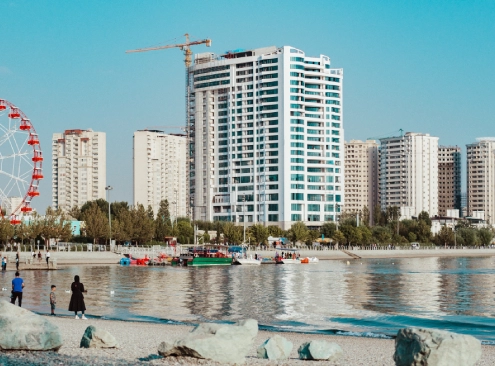
Chitgar Lake, Tehran (Photos, Reviews, Location)
Tehran, Iran's capital city is a must-visit destination for anyone…

Tabiat Bridge, Tehran: Photos, Reviews, Architect & Tickets
In the heart of Iran's bustling capital, Tehran, stands a magnificent…
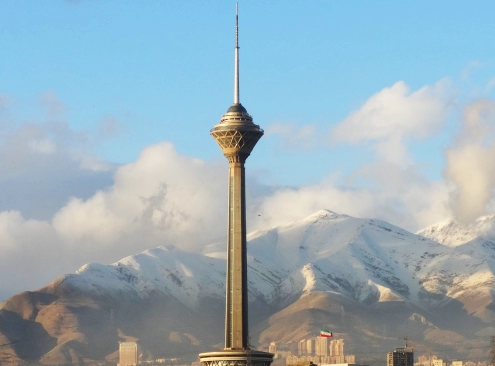
Milad Tower, Tehran (Height, Restaurant, Photos, Ticket)
Milad Tower, also known as the Tehran Tower, is an iconic landmark…
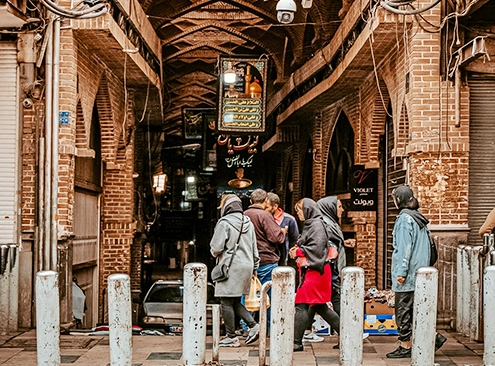
Tehran Grand Bazaar (Photos, Reviews, Opening Hours)
Tehran Grand Bazaar is the beating heart of the city and the…

Azadi Tower, Tehran (Location, Photos, Height, Facts)
A symbol, an icon, and a memorable building, the Azadi Tower…
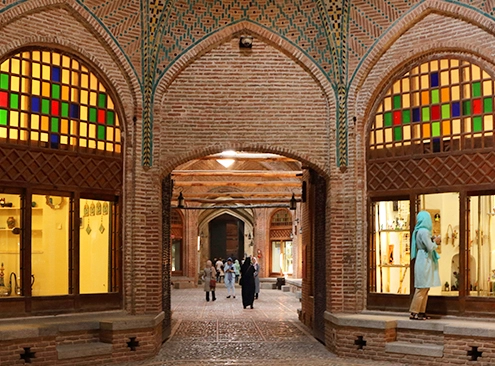
Top Things to Do in Qazvin + Photos
Qazvin, with its rich history and cultural heritage, offers a…
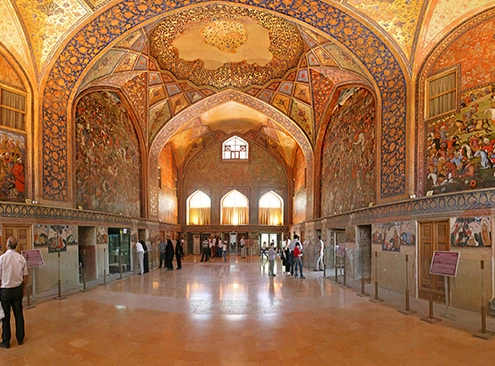
Chehel Sotoun Palace, Isfahan (Photos, Paintings, History)
If we consider Iran a cultural region among Asian countries,…
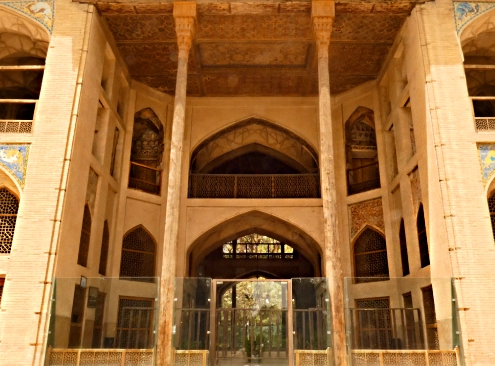
Hasht Behesht Palace, Isfahan (Photos, History, Address)
Hasht Behesht Palace is one of the must-visit locations among…
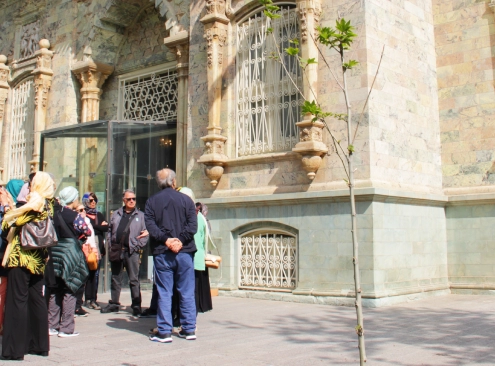
Saadabad Palace Complex (Photos, Entry fee, History)
A Metropolitan city and the most populated city in Iran, Tehran…
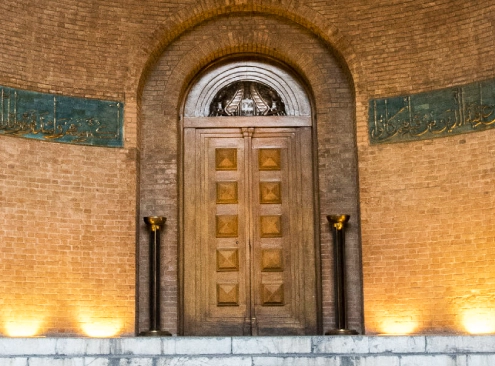
National Museum of Iran (Photos, Architecture, Ticket price)
The Iran Bastan Museum, with the official name of the National…
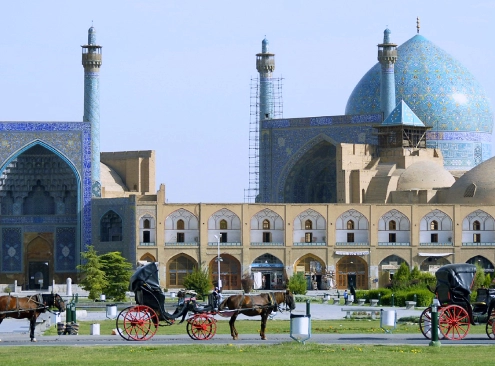
Shah Mosque, Isfahan (Photos, History, Architecture)
Isfahan is the most popular tourist destination in Iran, which…
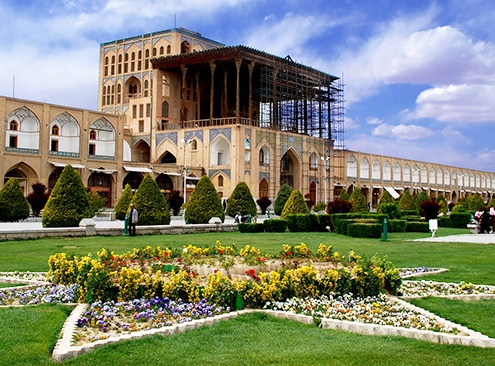
Ali Qapu Palace, Isfahan (Photos, History, Architecture)
The Ali Qapu Palace, or Kakh-e Ali Qapu, is an architectural…
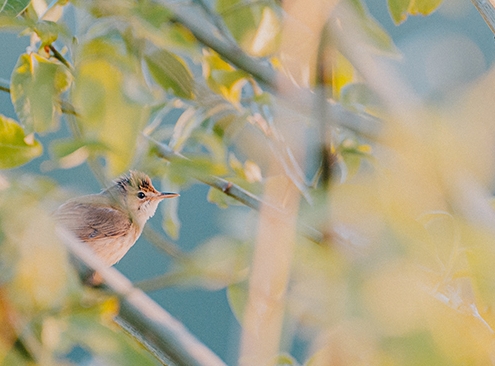
Iran National Bird: Name, Photos, Where to Find
Iran is a diverse country that features a rich history and a…
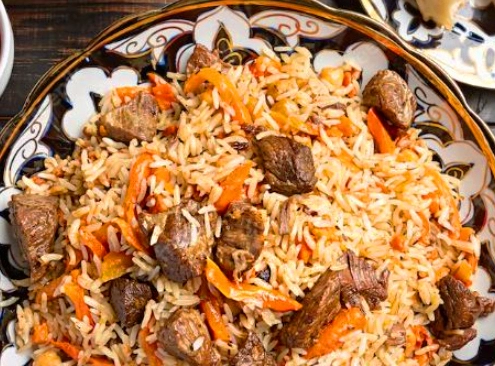
Top Uzbekistan Food You Need to Try + Photos
Since the distant past, Uzbekistan has benefited from the exchange…
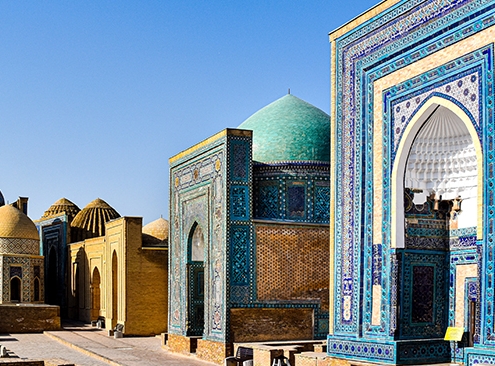 https://irandoostan.com/dostcont/uploads/2023/07/uzbekistan-things-to-do.jpg
366
712
nelia shidfar
https://irandoostan.com/dostcont/uploads/2025/05/Irandoostan-logo.webp
nelia shidfar2023-07-24 10:45:542025-05-14 15:03:43Things to Do in Uzbekistan: Tashkent, Samarkand, Bukhara, Khiva
https://irandoostan.com/dostcont/uploads/2023/07/uzbekistan-things-to-do.jpg
366
712
nelia shidfar
https://irandoostan.com/dostcont/uploads/2025/05/Irandoostan-logo.webp
nelia shidfar2023-07-24 10:45:542025-05-14 15:03:43Things to Do in Uzbekistan: Tashkent, Samarkand, Bukhara, Khiva

